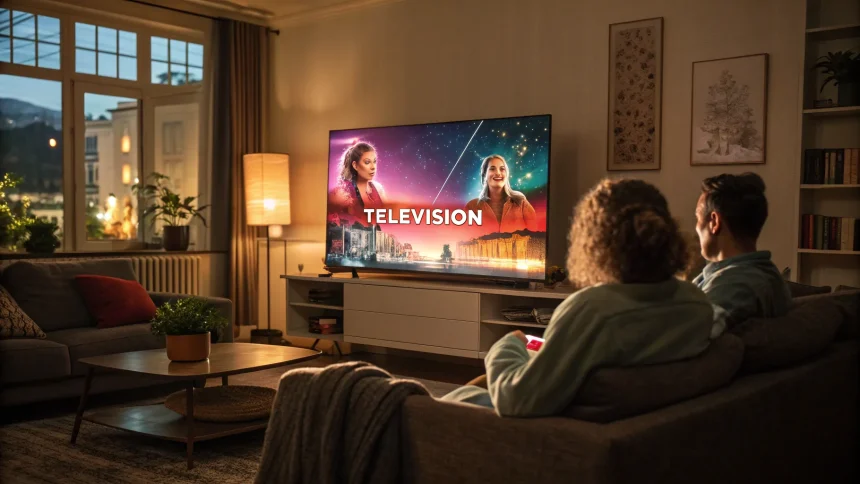After years of ad-free binge watching, advertising has reasserted its place on television screens. Streaming bundles, new ad tiers, and tighter household budgets are steering viewers back to commercial breaks. Media companies are moving fast to meet the shift, and early signs suggest the audience is willing to trade time for lower prices.
The change is visible across big streaming services and traditional broadcasters. Ad-supported plans have grown, while pure subscription models face slower growth and higher churn. The result is a renewed marketplace for TV ads, from sports to movies to prestige series, that now spans live channels and on-demand apps.
“Television advertising has come roaring back — and consumers don’t seem to mind.”
How Streaming Changed the Ad Model
For several years, streaming drew viewers with ad-free libraries and simple monthly fees. That model set new habits. People expected to avoid interruptions and pay only for what they used. But rising content costs and a crowded field made those plans harder to sustain without price hikes.
Platforms responded with cheaper tiers that include commercials. These options helped slow churn and opened new revenue streams. The ad load is often lighter than traditional TV, and targeting is more precise. That mix has lured brands back to television formats they had trimmed.
Why Viewers Accept Ads Again
Price sensitivity is one reason. Many households now juggle several services. An ad-supported plan can save meaningful money over a year. Viewers also report that shorter breaks and better frequency controls make ads less intrusive than they remember from cable.
There is also the quality of content. Popular sports, hit series, and major films now appear in ad-supported tiers. People accept ads if they can still watch what they want at a lower cost. As one media buyer put it, the trade-off is “rational and predictable.”
- Lower monthly prices push sign-ups for ad tiers.
- Lighter ad loads reduce fatigue compared with linear TV.
- Targeted placements improve relevance for viewers and advertisers.
Impact on Networks and Platforms
Networks see a steadier path to fund expensive programming. Ad dollars tied to premium streaming help offset flat or declining cable revenue. Live sports rights, a key driver of viewing, now come with integrated advertising packages across apps and channels.
Streaming platforms are building sales teams, measurement tools, and brand-safe controls. They need to prove reach and frequency while avoiding overexposure across multiple services. Identity solutions and clean rooms are common, as companies try to match ads to viewers without sharing personal data.
What It Means for Advertisers
Advertisers gain access to younger and diverse audiences who rely less on cable. Connected TV also brings more flexible buying. Brands can shift budgets quickly, test creative, and cap frequency across campaigns. But success still hinges on solid basics like reach, creative quality, and smart placement.
Measurement remains a sticking point. Advertisers want clearer links between exposure and outcomes like sales or sign-ups. Providers are racing to align on standards. The push for consistent metrics may shape which platforms win the largest commitments during the next upfront cycle.
Concerns and Trade-Offs
Viewers may grow frustrated if ad loads creep up. Repetition can erode goodwill. Privacy is another pressure point. People expect transparency about data use and simple controls for consent. Regulators are paying attention, which adds compliance costs and operational complexity.
Content quality also matters. If services cut spending while adding ads, audiences could leave. The balance between price, ads, and programming will decide loyalty. Companies that keep breaks short and creative relevant are more likely to hold attention.
What To Watch Next
Several questions hang over the market. Will ad prices rise as demand consolidates around big services and live sports? Can smaller platforms compete without scale? How quickly will measurement and identity tools improve?
For now, the direction is clear. Advertising is back at the center of TV economics, both on traditional channels and within major apps. Viewers are signaling they will accept commercials for a fair deal and steady quality. Brands are following the audience, and the industry is reorganizing around that reality.
The next phase will test discipline. If platforms keep ad loads modest, protect privacy, and invest in strong shows, they can keep viewers and sponsors aligned. If they overreach, the cycle could swing again. The balance between cost, content, and ads will define who wins in the year ahead.







